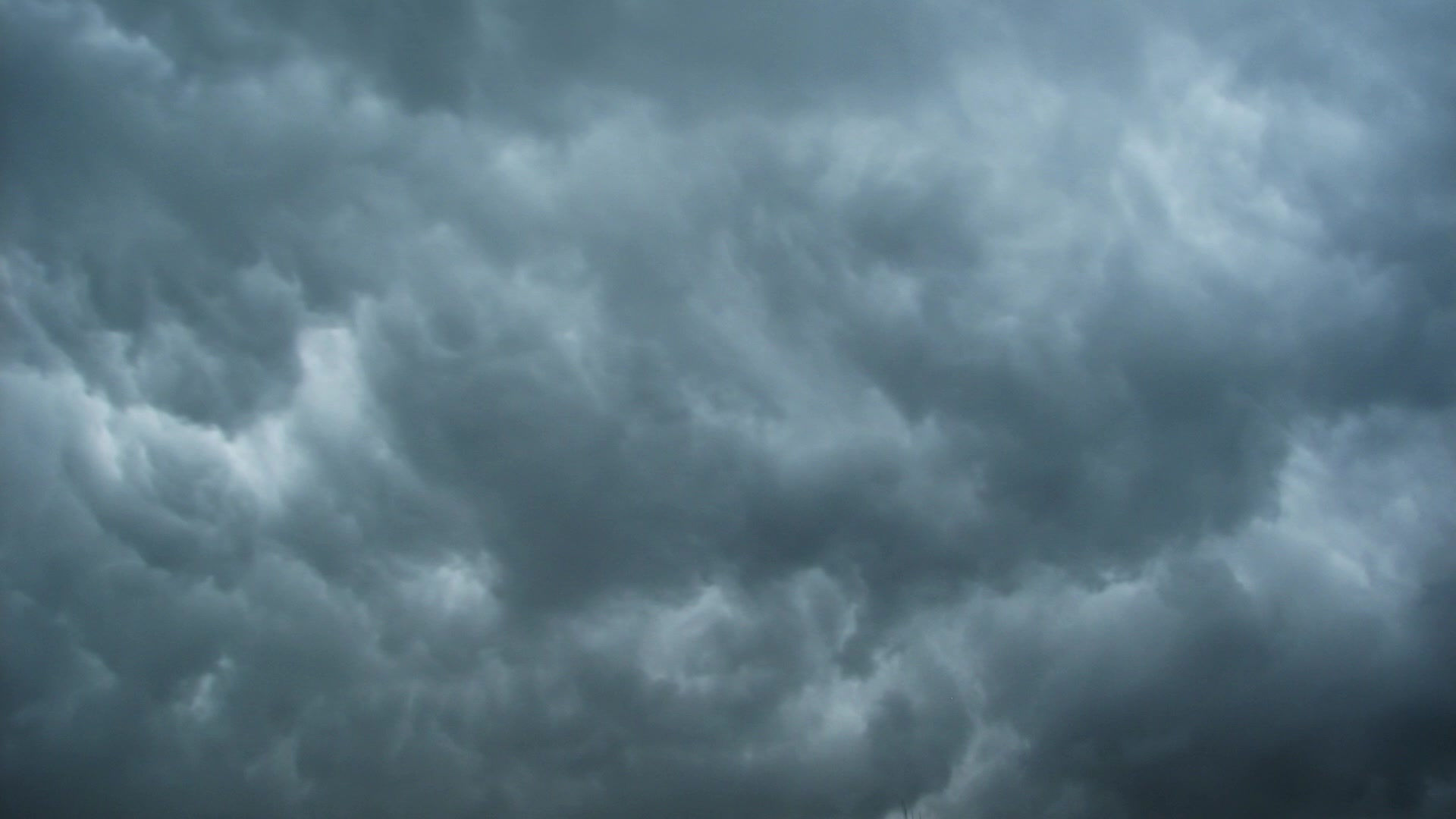top of page

Megan Moews-Asher
Art, Imagery, and Design
SCIENTIFIC ILLUSTRATIONS
NATIONAL GEOGRAPHIC SOCIETY'S PRISTINE SEAS
ILLUSTRATIONS
Fine art scientific illustrations created for the National Geographic Society's Pristine Seas program in close consultation with their scientists, to convey messages that photographs cannot.
Mediums: pen and ink, with watercolor highlighting key elements
CLICK IMAGES BELOW
SOME POP-UP & OTHERS MAGNIFY TO VEIW DETAILS

Exploring as far down as 1,300 meters (>4,000 ft), the Argonauta, National Geographic Society's Pristine Seas' three-person submersible, documents marine life and habitats in real-time, providing a broader perspective of one of the least-explored and least-understood parts of the ocean.


IMAGE ON LEFT POPS UP & IMAGE ON RIGHT MAGNIFIES
Coral reefs are one of the most biologically diverse ecosystems on the planet. Most of the biodiversity is small or cryptic, living unseen within the reef structure. This hidden community, known as the cryptobiota, are a vital component of coral reefs, an important food source for fish, and play an essential role in nutrient recycling.

Environmental DNA (e-DNA)--Water samples are collected from the ocean to get a comprehensive understanding of life in/around coral reefs. Examples include cells from fish shedding, coral spawning, predation, scavenging, sponge mucus, sea star gametes, plankton, etc.

Deep Sea Drop Camera--highlights important details such as camera components and organisms found at depth (e.g., green lanternshark, sixgill shark, cutthroat eels, chimaera, grenadier, scavengers, sessile benthic organisms, and deep sea squid).
BAITED REMOTE UNDERWATER VIDEO SYSTEMS
(BRUVS)
BRUVs are used to identify, count, and measure marine animals at different ocean habitats and depths.
Developed images in close consultation with the BRUVs scientists to help convey their messages.

How it works: two small cameras, angled slightly toward the center/bait, capture video to identify, measure (via 3D photogrammetry), and count the number of animals.


Left: Seabed BRUVs at <5m --70m depths (shallow seagrass, reef wall, & early twilight zone). In addition to species ID, measurements, and numbers, of particular importance, is capturing how high predator biomass may be associated with deeper, healthier, more resilient reefs.
Right: Pelagic BRUVs, widely dispersed at 10 m deep, capture videos of a large variety of animals, including predators (e.g., sharks, tuna, mahi, sailfish, dolphins, manta rays, etc.), as well as juvenile & forage fish (e.g., driftfish, pilotfish, etc.). Included birds at the surface to show link between environments, as the scientists run seabird surveys at the same time as the BRUV deployments.

Music: "A Pirate Looks At Forty" by Jimmy Buffet, sung by · Jack Johnson · Dave Matthews · Tim Reynolds



A sampling of potential organisms found in autonomous reef monitoring structures (ARMS), deployed around the world as biodiversity metrics for cryptic, understudied species.
Medium: watercolor
bottom of page
